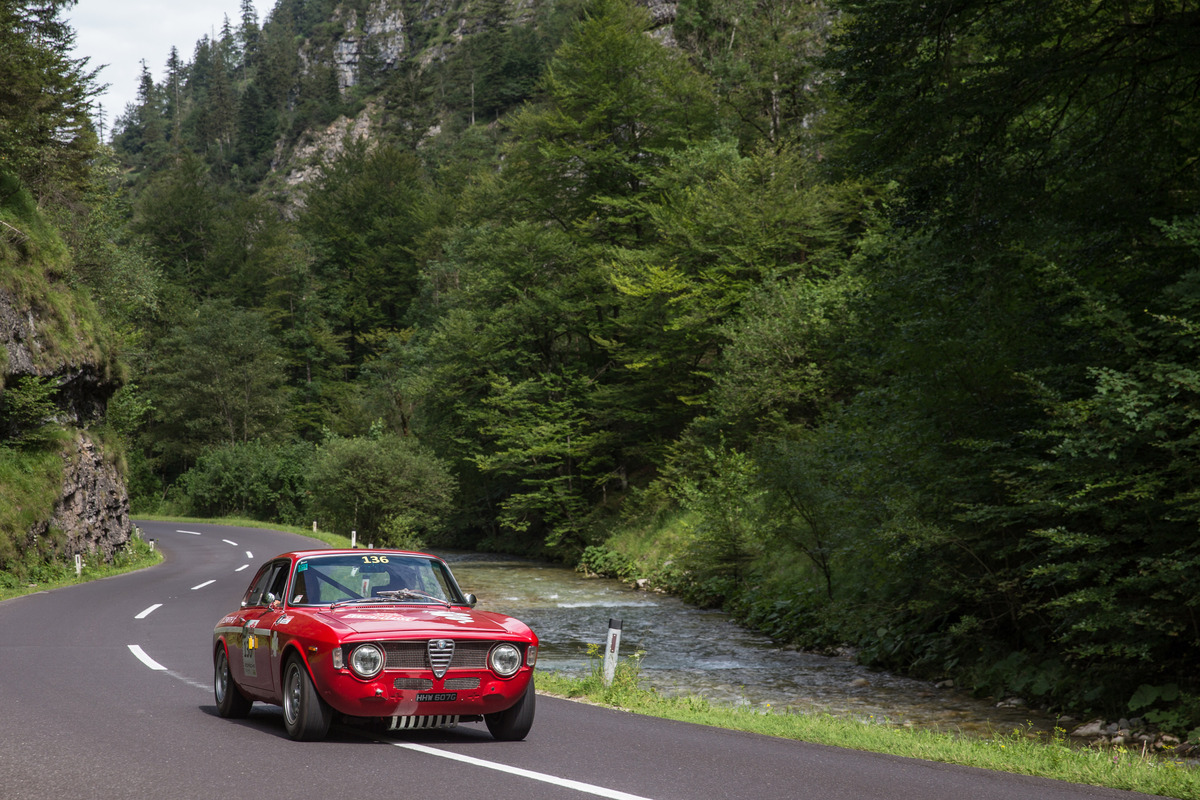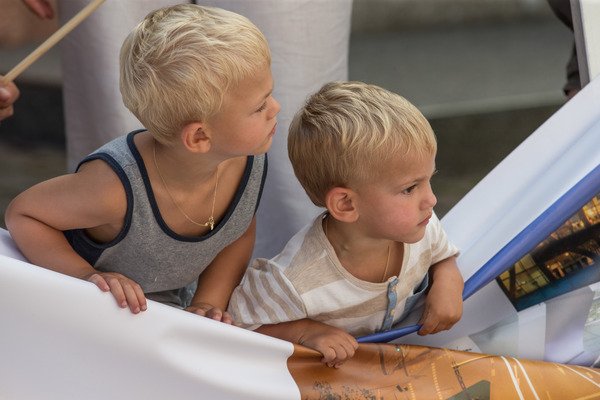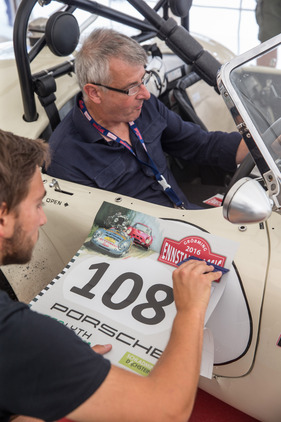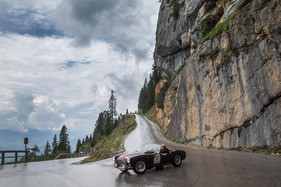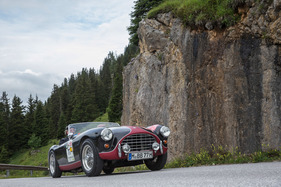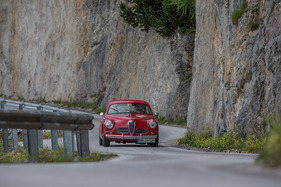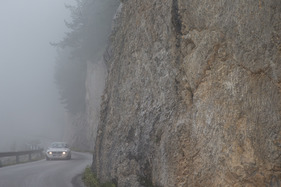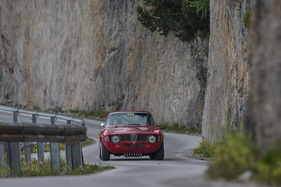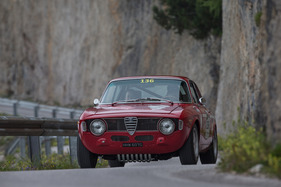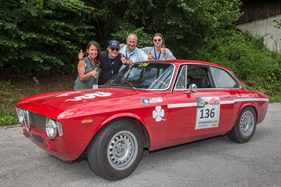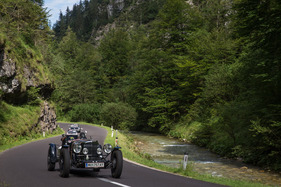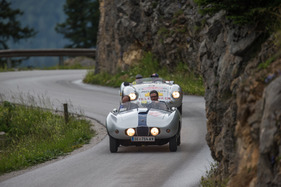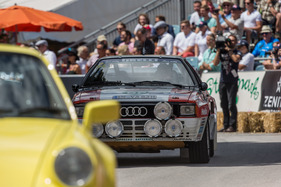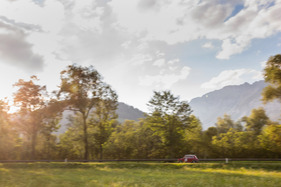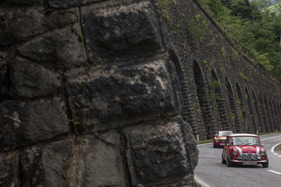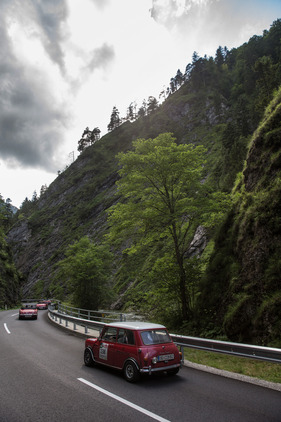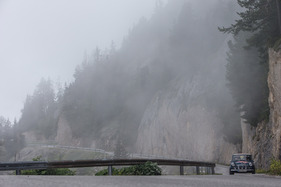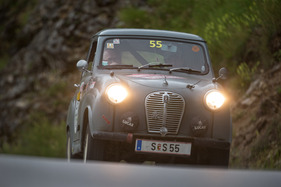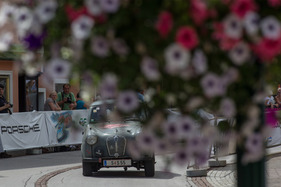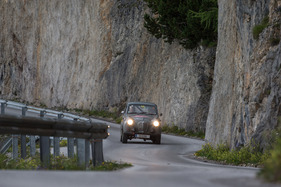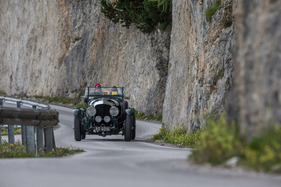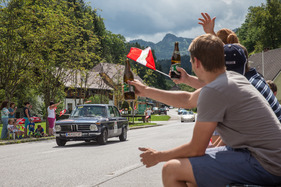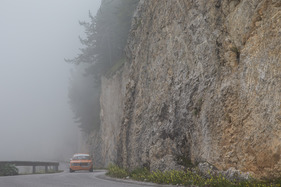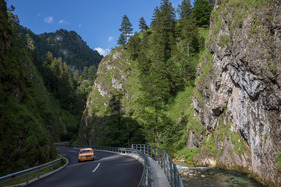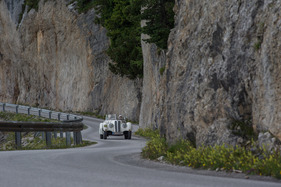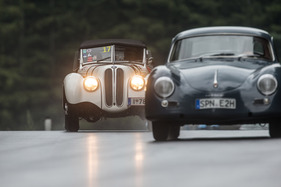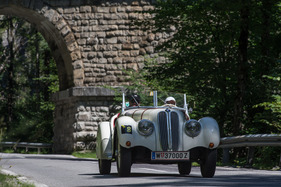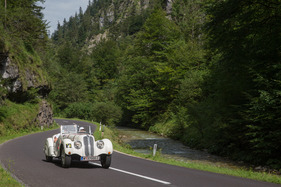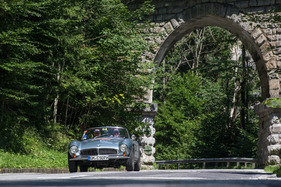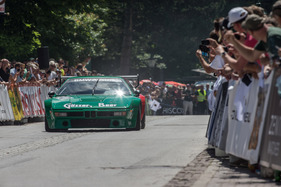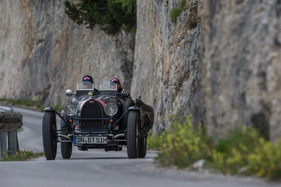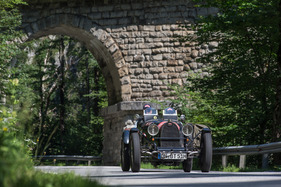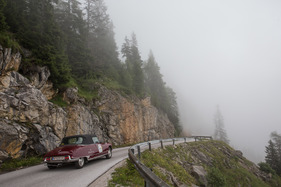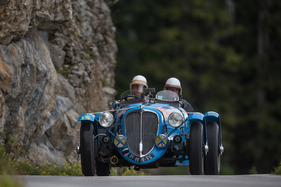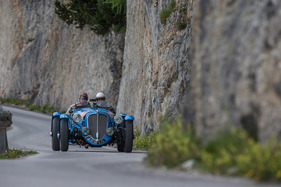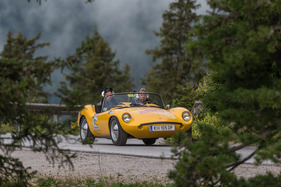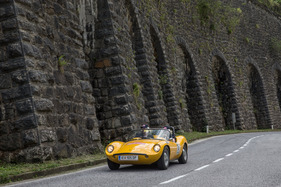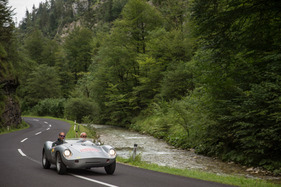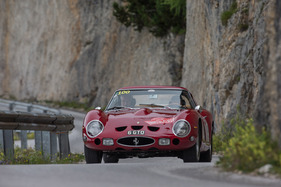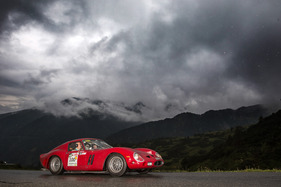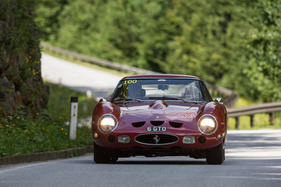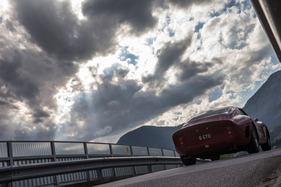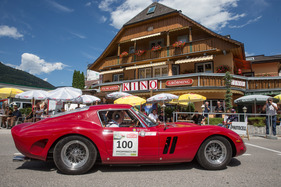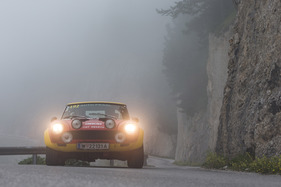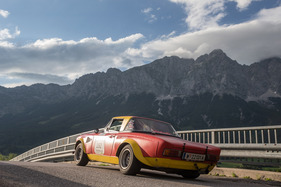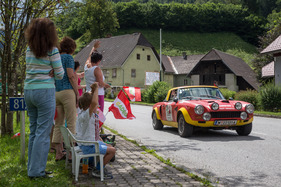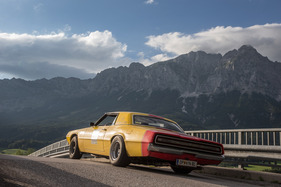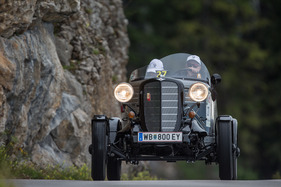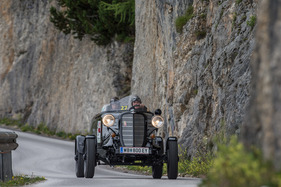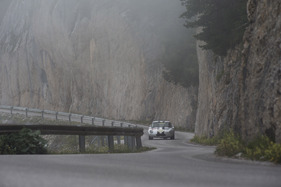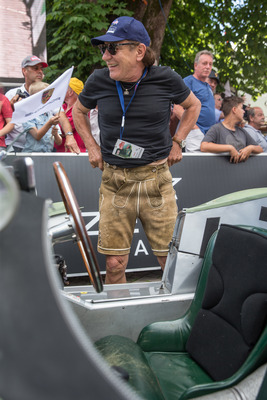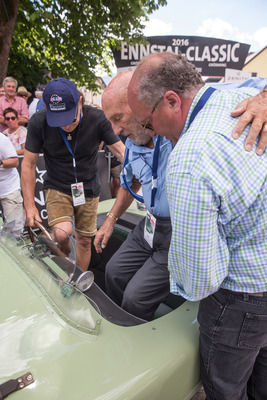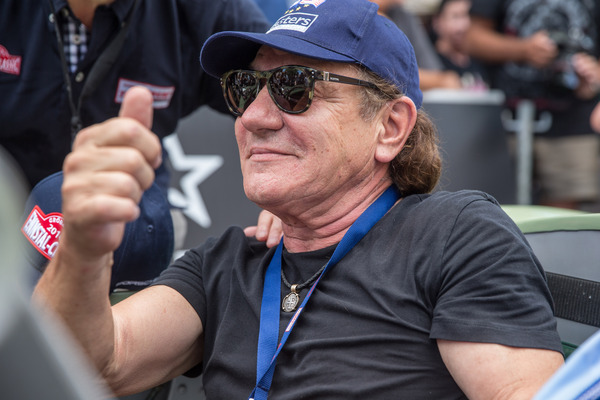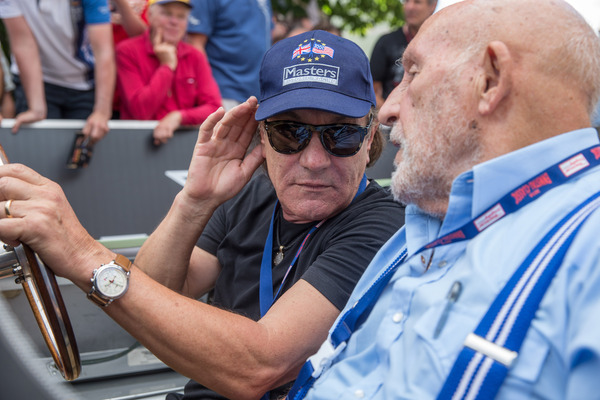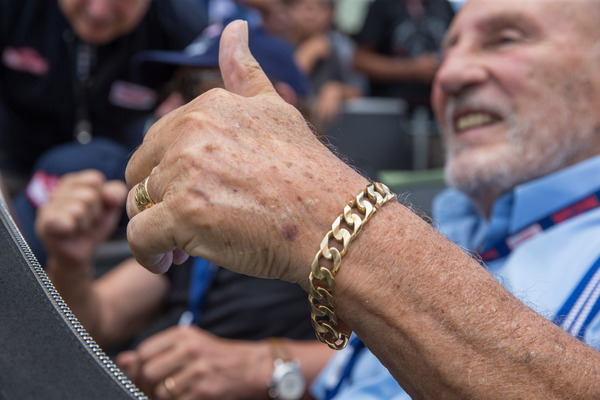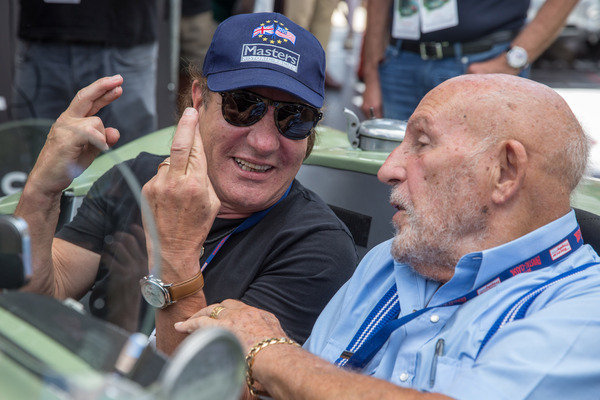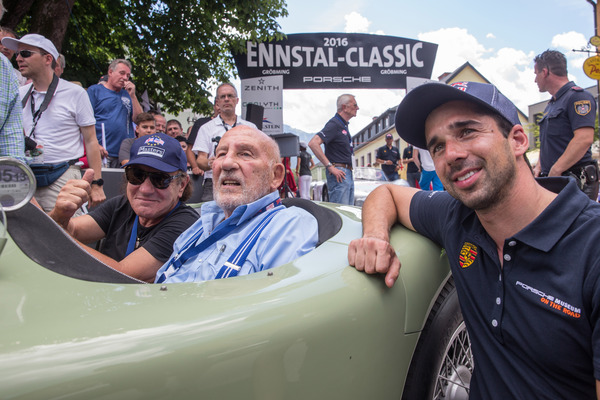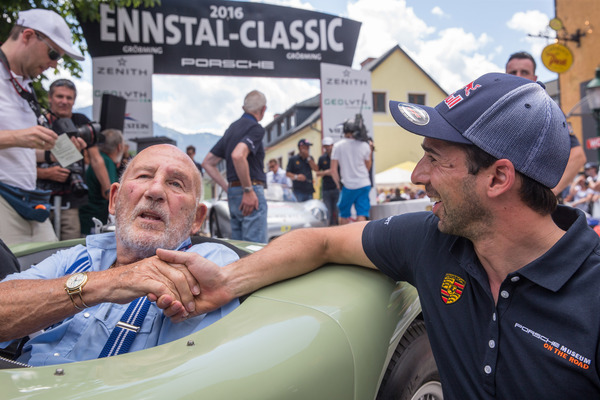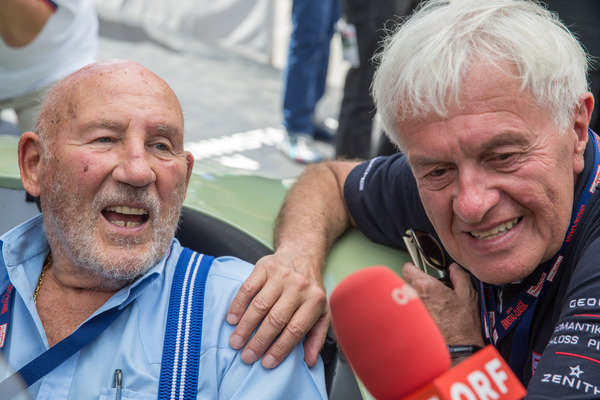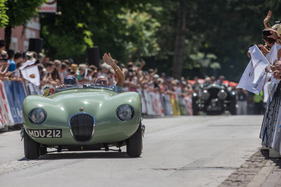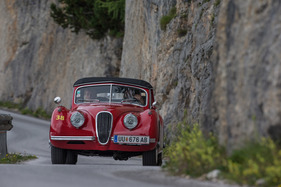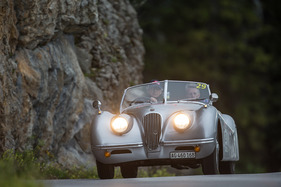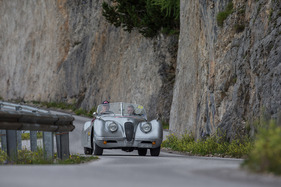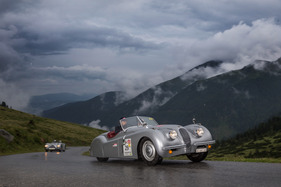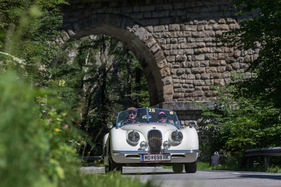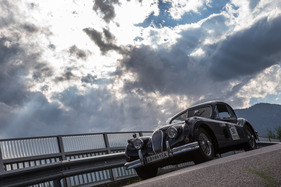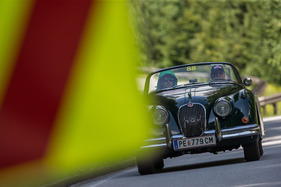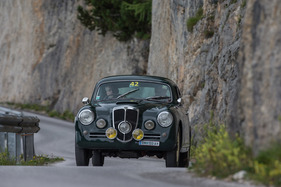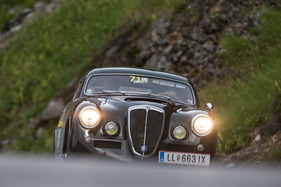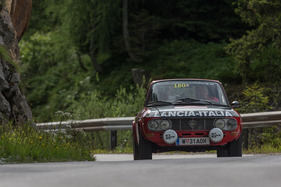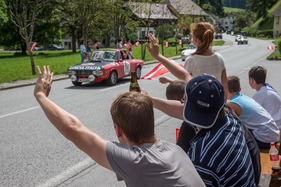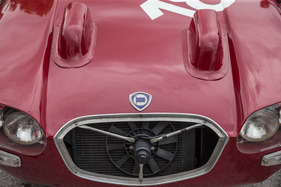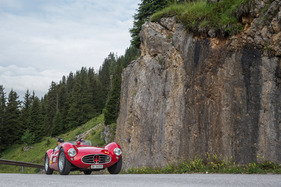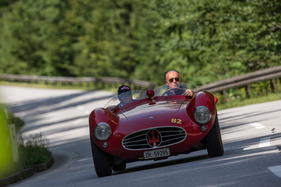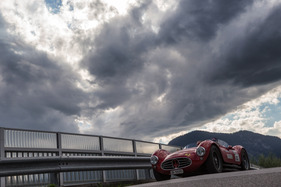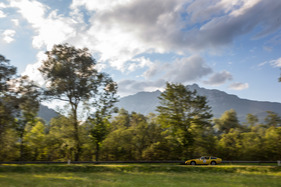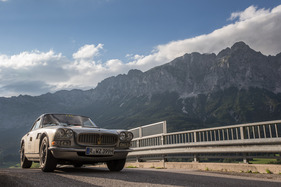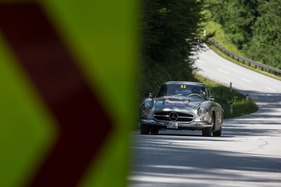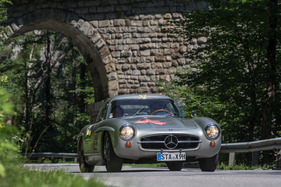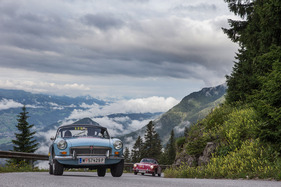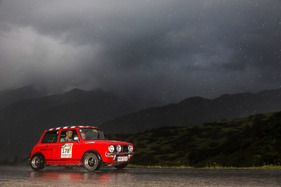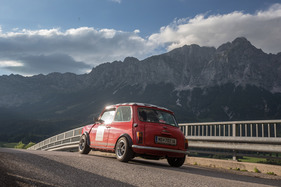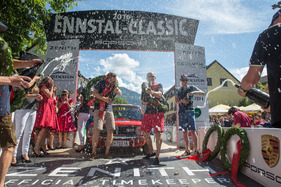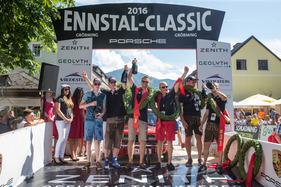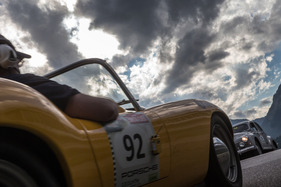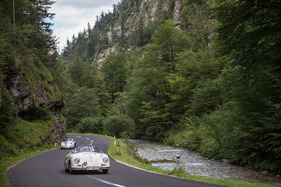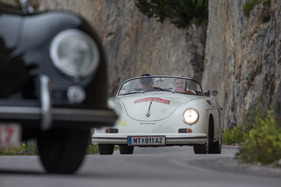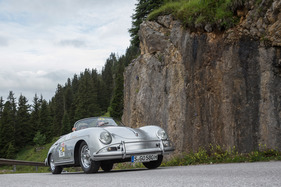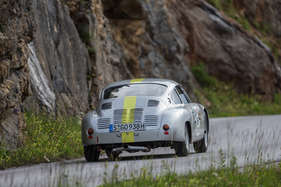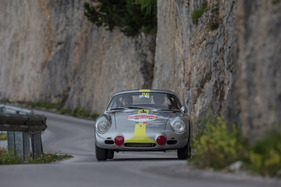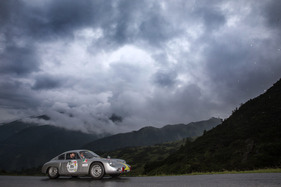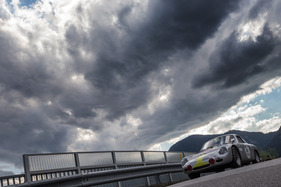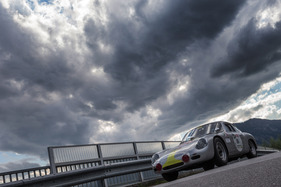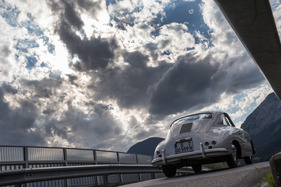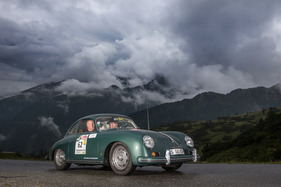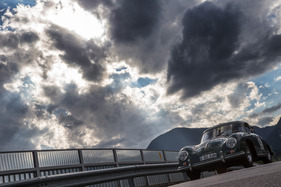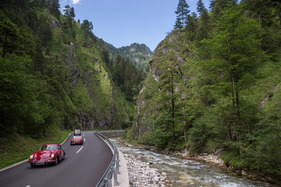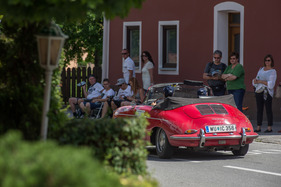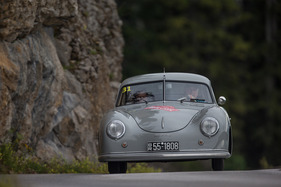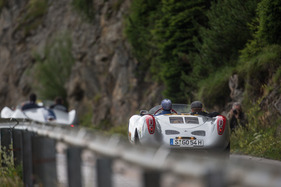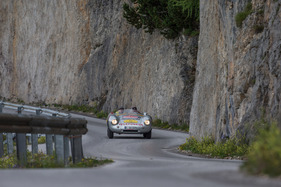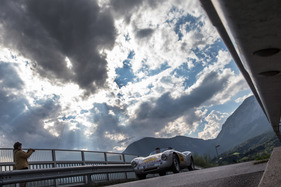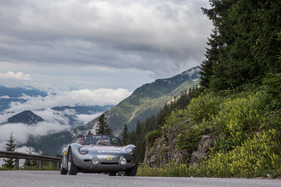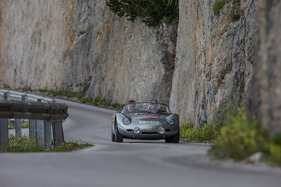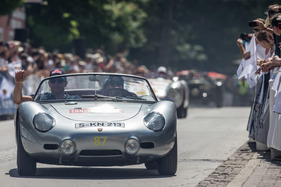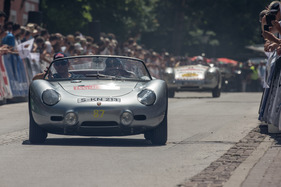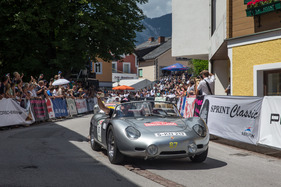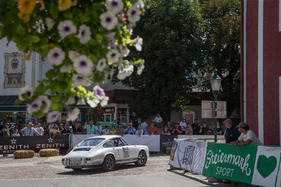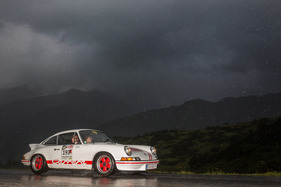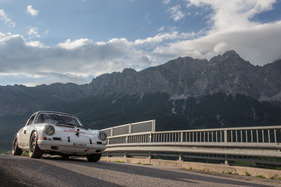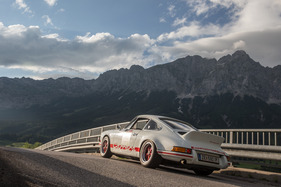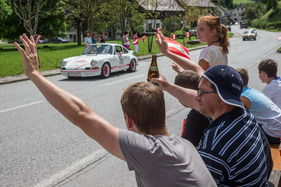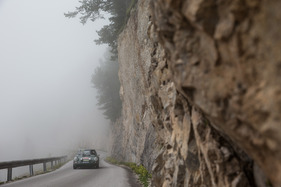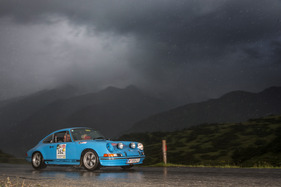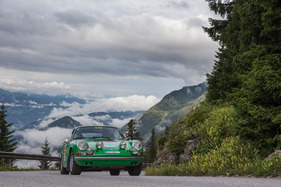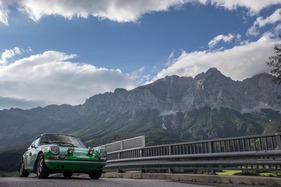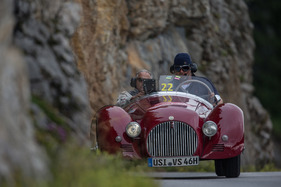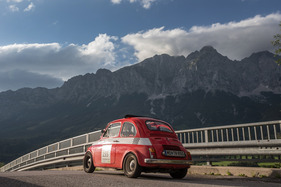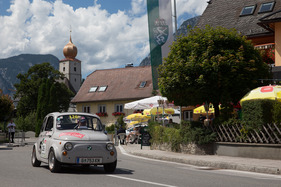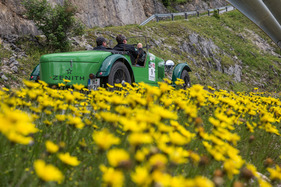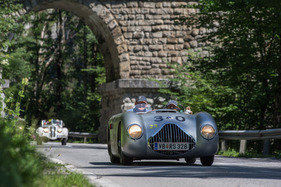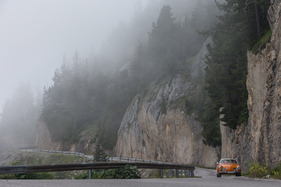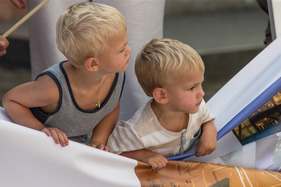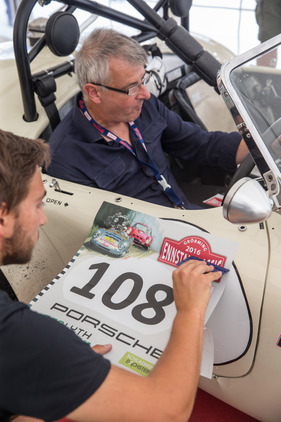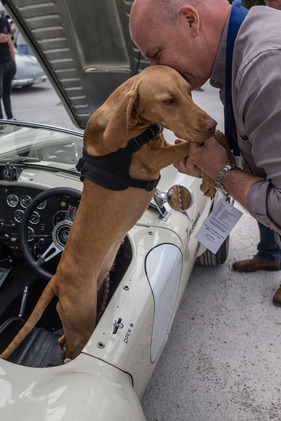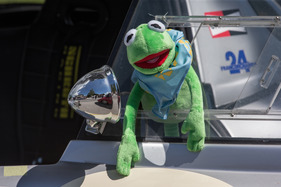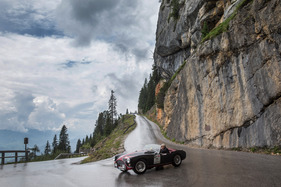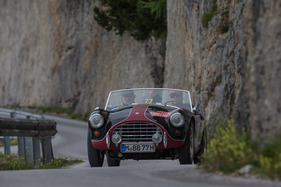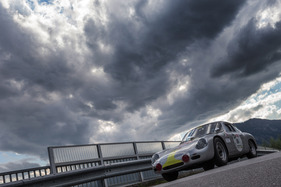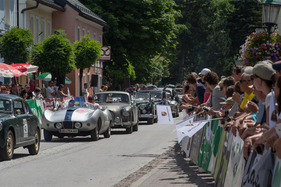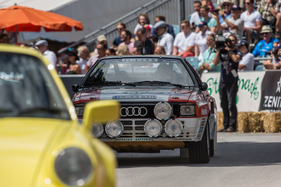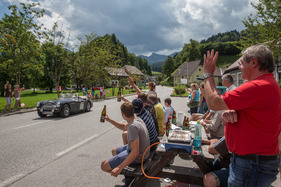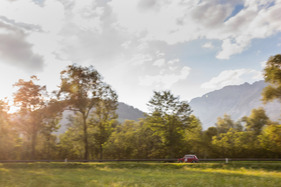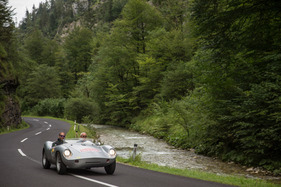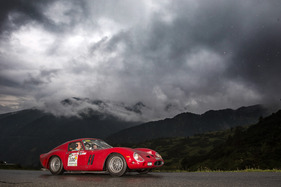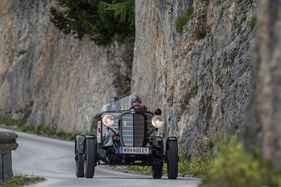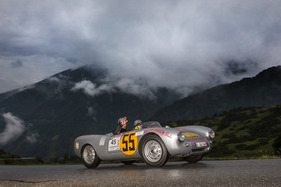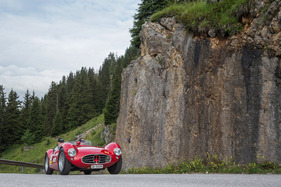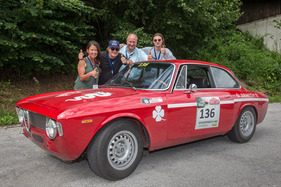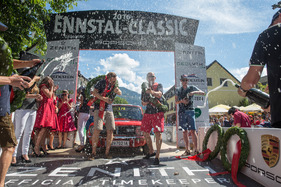From July 27 to 30, 2016, classic cars met for the 24th time in the beautiful Ennstal valley. Gröbming is the court seat of the Ennstal-Classic and is now almost on a par with Brescia, Monaco and Goodwood.
2017 marks the 25th anniversary of the idea that was once born on the sidelines of a Formula 1 Grand Prix. The first outing with around 40 cars was still a private outing at the time, but for years the starting places in paradise have been more than just in demand. The challenging rally attracts drivers from all over the world.
Culture and society
The following can be read on "kurier.at":
"Old cars are part of our culture and society. They are testimonies to the style, technical progress and socio-economic development of their time. However, it is also clear that a classic car cannot meet the emissions standards of current models - after all, there is a world of difference between the vintage cars of yesteryear and the modern state of the art. However, this is put into perspective by the fact that, according to the FIVA study, the proportion of classic cars actively driven on the roads is negligible, with an average mileage of only around 1500 kilometers per year, because the use of these vehicles is primarily limited to participation in events or leisure trips to scenic regions - which in turn benefits the tourism industry.
In the case of the Ennstal-Classic, we are talking about more than 20,000 additional overnight stays in the entire region and a detour profitability of around 10 million euros. Such figures should make even Switzerland sit up and take notice, but unfortunately there will never be acceptance for such a rally. Not only is the hospitality in Austria unique, but the police often turn a blind eye and even road renovations are postponed so as not to bring the rally to a boil with roadworks and traffic lights."
"kurier.at" also aptly states:
"It's about the realization that driving is not just about the magic of the bends, but also about the magic of the landscape - at the top, on the Stoderzinken and the Sölkpass, instead of the lush summer colors in the valley, the cool pallor of high alpine locations reigns: kitschy-beautiful, like old photo wallpaper. Dewy mountain pastures in the morning, the smell of hay and cow dung, of forest green and waterfalls, of freshly mown grass and tree resin.
No wonder that all participants, even those who like the role of cast-iron machos and stressed multi-taskers, cite the sublime beauty of the scenery as a reason for starting the Ennstal-Classic alongside the sporting challenge. Because the Ennstal is not a leisurely coffee ride, but hard work, it is not only newcomers who are surprised that after two steely days of competition and stiff handling of archaic classic cars, their forearms ache, their back muscles are tense as a rock and their wrists have become brittle."
Paradisiacal?
As beautiful as "driving in the last paradise", as the subtitle of the Ennstal-Classic so aptly puts it, is: at the end, at the finish of Friday's 429-kilometre marathon in Schladming's city centre, bursting with spectators, after surviving the gateway tour, the unpleasant feeling of complete physical hollowing out and all the psychological near-death experiences, the colourful mix of chic and down-to-earth is happy that it's finally over. But in the same breath, they promise to come back next year.
Over the past 24 years, the event has grown into what it is today. Enthusiasm is extremely high among everyone, be it the teams or the fans.
Almost accident-free
There were only very few cold deformations due to minor carelessness. Even a car change was carried out at night. Hermann Schwarz, for example, swapped the Austin Healey 100M for his Devin Porsche after the Healey threatened to throw off its right front wheel on the Red Bull Ring.
Great sound backdrop and a tour through automotive history
The most valuable car in the field was clearly the Ferrari 250 GTO of Lord Irvin Laidlaw with an estimated insurance value of around 35 million euros. The sound of the 12-cylinder engine at high revs was also absolutely convincing at the Niederöblarn airfield.
Probably the most interesting car in the field was the GAZ GL1 from Gorki Automobilwerke. Siegfried Wolf has brought one of the last surviving examples from 1938 back to life. The GAZ GL1 with its 101 hp V6 engine was considered the fastest racing car in the pre-war Soviet Union.
The most historic car was the Porsche 550 RS Spyder from the Porsche Museum, in which Hans Hermann finished third in the 1954 Carrera Panamericana behind two much more powerful Ferraris.
The oldest car was Thomas Treul's Sunbeam Supersports from 1927 and the most beautiful car, at least from the author's point of view, was the Maserati A6GCS-53 Fantuzzi from 1954.
Celebrities on board
The longest-standing VIP guest and friend of the event is Sir Stirling Moss (87), who has been taking part for 22 years and owns his own traffic circle in Gröbming.
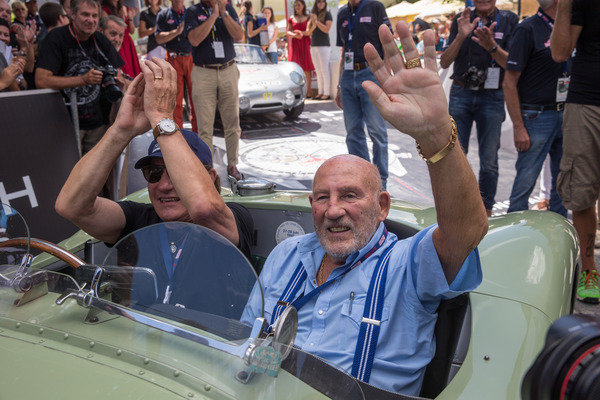
After Mr. Bean (2004) and Patrick Dempsey (2015), the star of this year's Ennstal-Klassik was clearly Brian Johnson, the singer of the hard rock group AC/DC.
As far as the international racing scene is concerned, Mark Webber (nine-time GP winner and current sports car world champion), Neel Jani (Le Mans winner 2016), Fritz Enzinger, Hans Joachim Stuck, Mario Illien, Derek Bell, Rauno Aaltonen and Dieter Quester were on site this year.
Neel Jani was thrilled and said: "Apart from Le Mans, I have rarely seen so many enthusiastic fans. I would never have imagined that!"
The last paradise lives on
The advertising slogan: "Driving in the last paradise" was once again realized this year. The time travel through southern Austria shows the region in a completely different light every year. On the one hand it is the landscape, but above all it is the roads that are absolutely addictive. Styria showed its best side this year and apart from a few raindrops to cool things down and some fog, the sky was a brilliant blue. Long-time Ennstal participants know it differently.
Perhaps the advertising slogan could be updated a little after this year's event with Brian Johnson from AC/DC? How about "Hells bells: Driving in the last paradise on the highway to hell"?
Winners and vanquished
Of course, there were also deserving winners in 2016.
Friedrich Rodinger and Thomas Wager Ulm in a 1971 Mini 1275 GT, followed by Peter Ulm and Jan Soucek in a 1969 Porsche 911 ST. Alexander and Florian Deopito came third in a 1958 Volvo 122 S Rallye.
In the Racecar Trophy, Thomas Matzelberger won Group 1 in an Austro Vau Formula V from 1968, while Dieter Quester and Anja Schiemann won Group 2 in a BMW 328 from 1937. In Group 3, Andi Aigner and Günther Knoblauch emerged victorious in an Austin-Healey 3000 from 1964.
